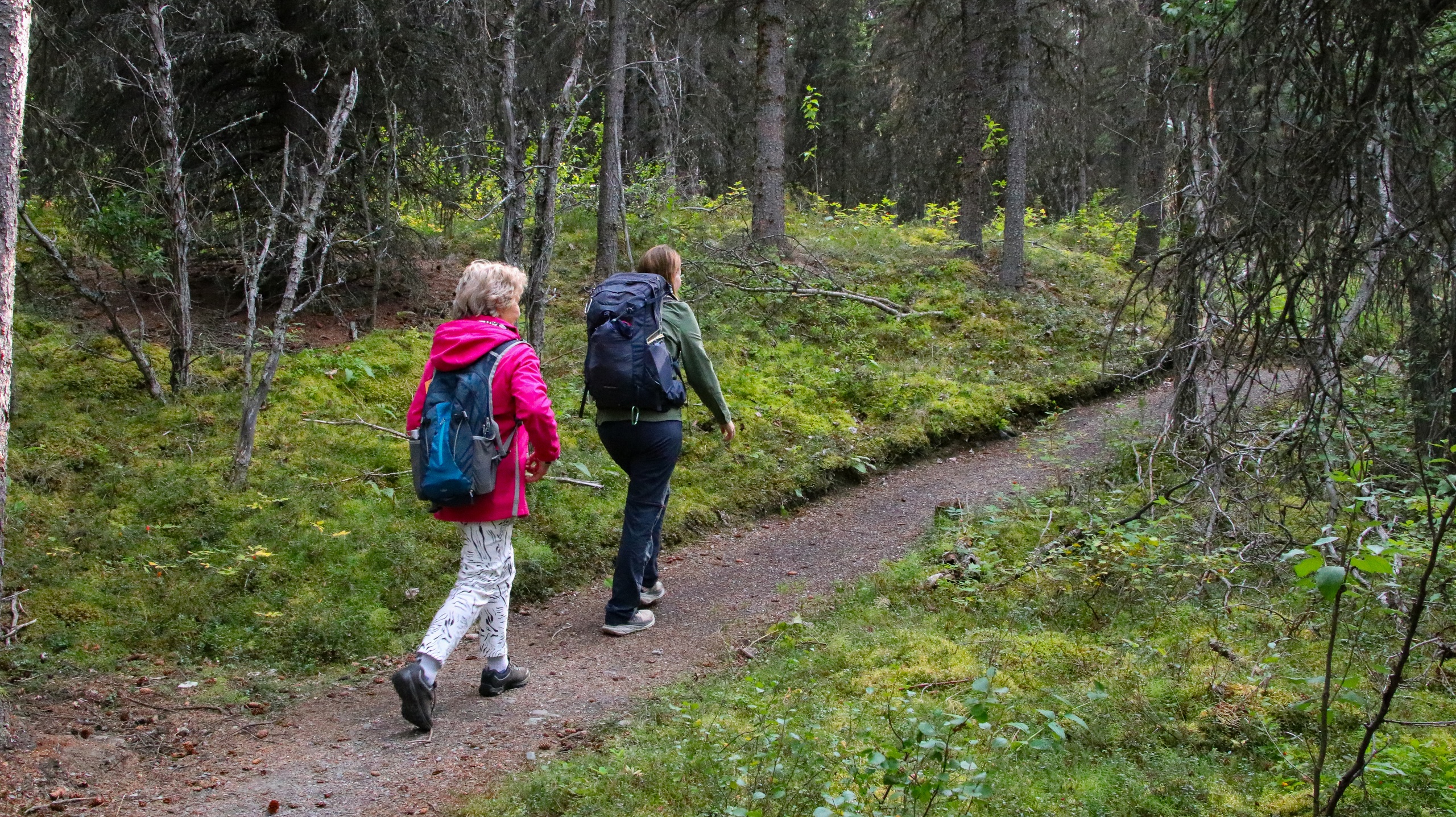Windswept Trails and Hidden Pools: Hiking Aruba’s Arikok National Park
Trade winds, raw coast, and cave art: the wilder side of Aruba, on foot
Dawn breaks hard and clean over Aruba’s east coast, the trade winds already awake and working. The park gate clicks open at Arikok National Park and the path unspools in beige and bone—limestone ledges, coral rubble, and volcanic rock warming by the minute. Prickly pear and towering organ-pipe cacti stand like sentries, stubborn and proud. The sea to the north drums its own tempo, a constant rush that dares you to keep pace. It’s the kind of landscape that invites motion: boots tapping across fossil reef, sand whispering in the dunes, your shadow stretching toward a horizon that refuses to flatten.
Trail Wisdom
Start With the Sea
Hike the Dos Playa–Moro–Conchi loop in the morning when swell and sun are gentler; rangers will close the Natural Pool if surf is dangerous.
Beat the Heat
Begin at park opening and carry at least 2 liters of water per person; there’s almost no shade and the wind accelerates dehydration.
Footing Matters
Trails mix sharp limestone and loose coral—wear closed-toe trail shoes or sturdy hiking sandals with toe protection.
Offline Is Smart
Cell service drops near the northeast coast; download offline maps and mark trailheads like Dos Playa and the Visitor Center.
Local Knowledge
Hidden Gems
- •Moro’s ‘Little Aruba’ rock outcrop between Dos Playa and Boca Keto
- •Miralamar viewpoint and nearby historic mine remnants
Wildlife
Shoco (Aruban burrowing owl), Prikichi (Aruban parakeet)
Conservation Note
Stay on marked routes to protect fragile limestone and cactus habitats, and never touch or mark petroglyphs—skin oils and graffiti cause lasting damage.
Arawak petroglyphs in Fontein Cave reflect pre-colonial life; 19th-century gold fever left ruins and diggings across Arikok’s hills.
Seasonal Guide
spring
Best for: Consistent trade winds, Clear water visibility
Challenges: Strong UV index, Occasional choppy seas
March–May brings steady breezes and bright, dry days—excellent for hiking and cave visits, with midday heat demanding an early start.
summer
Best for: Early sunrise hikes, Wind-cooled ridge walks
Challenges: High heat and humidity, Rougher surf on windward coast
June–August is hot and windy; plan very early outings and expect the Natural Pool to close during big swell days.
fall
Best for: Quieter trails, Soft sunrise light
Challenges: Short, sudden showers, Mosquitoes in sheltered spots
September–November remains warm with brief rains; showers pass quickly, leaving refreshed trails and dramatic skies.
winter
Best for: Mild temperatures, Stable hiking conditions
Challenges: Busier holiday weeks, Occasional strong trade gusts
December–February is peak pleasant—cooler mornings and manageable surf windows make this the sweet spot for most visitors.
Photographer's Notes
What to Bring
2–3L Hydration SystemEssential
Water access is limited and the wind accelerates dehydration on exposed trails.
Sun Hoodie or Long-Sleeve UPF ShirtEssential
Full coverage protects against intense UV while the fabric breathes in the trade winds.
Closed-Toe Trail ShoesEssential
Sharp limestone and coral require grippy, protective footwear for safe footing.
Reef-Safe SunscreenEssential
Protects skin and minimizes chemical impact if you swim at Conchi when conditions allow.
Common Questions
Do I need a 4x4 to visit Arikok National Park?
You can hike many highlights without a vehicle, but if you plan to drive interior tracks—especially toward the Natural Pool—a high-clearance 4x4 is recommended and sometimes required.
Is swimming allowed at the Natural Pool (Conchi)?
Yes, but only when conditions are calm; rangers close access during heavy swell. Always follow posted guidance and never enter if waves are breaking over the rocks.
What are the park hours and entry requirements?
Arikok typically opens in the morning and closes mid-afternoon, with last entry early afternoon. A paid entry wristband is required and can be purchased at the Visitor Center.
Are the caves safe to explore?
Fontein and Quadirikiri Caves are open to visitors along marked paths—bring a small light and avoid touching petroglyphs or cave formations.
How difficult are the hikes?
Most routes are moderate but feel harder due to heat and exposure. Expect uneven terrain, short climbs, and little shade.
Can I see wildlife in the park?
Yes—look for the shoco (burrowing owl), prikichi (parakeet), whiptail lizards, and occasionally goats; snakes are present but rarely seen.
What to Pack
Lightweight sun hoodie for relentless UV; 2–3 liters of water per person for exposed miles; closed-toe trail shoes for sharp limestone; reef-safe sunscreen for a lower-impact dip at Conchi when safe.
Did You Know
Arikok National Park protects nearly 20% of Aruba’s land area, including its highest point, Mount Jamanota at 188 meters.
Quick Travel Tips
Buy your park wristband at the Visitor Center before hitting trails; Start hikes at opening to avoid midday heat; Download offline maps—service drops on the windward side; Check swell forecasts and ask rangers before planning a Natural Pool swim.
Local Flavor
Post-hike, head to Zeerovers in Savaneta for dockside fried fish and plantains, or book a courtyard dinner at Papiamento Restaurant in Oranjestad for a refined local meal. Pair it with an ice-cold Balashi beer or Aruba Ariba cocktail, and grab warm pastechi from a bakery in Santa Cruz on your drive in.
Logistics Snapshot
Closest airport: Queen Beatrix International (AUA). Main trailhead: Arikok National Park Visitor Center (San Fuego). Driving: ~25–35 minutes from Oranjestad. Cell service: Patchy on the northeast coast—download maps. Permits: Paid park entry wristband required; check posted hours (last entry early afternoon).
Sustainability Note
This arid ecosystem is fragile—stay on marked tracks, pack out all trash, use reef-safe sunscreen, and never touch cave art. The park’s coasts are nesting areas for seabirds and turtles; give wildlife space.
Continue Reading

Canyon Wave: Rafting Denali’s Glacial Heart on the Nenana River
The Nenana River doesn’t whisper—it urges you forward. On the Canyon Wave run, you’ll punch through crisp, glacial rapids beneath Denali’s ramparts, trading roadside views for a front-row seat to Alaska’s wild hydraulics. Cold water, big smiles, and a canyon that knows how to keep pace.
Healy, Alaska

Chasing Light in Denali: An Afternoon Hike Across Taiga and Tundra
Trade the tour bus for tundra. This guided afternoon hike threads from shadowed spruce to open ridgeline, where Denali’s valleys breathe wide and the wind calls the cadence. Come for the views, stay for the stories beneath your boots.
Denali Park, Alaska

